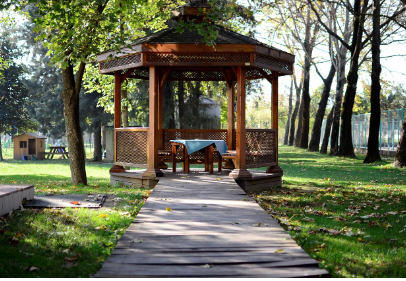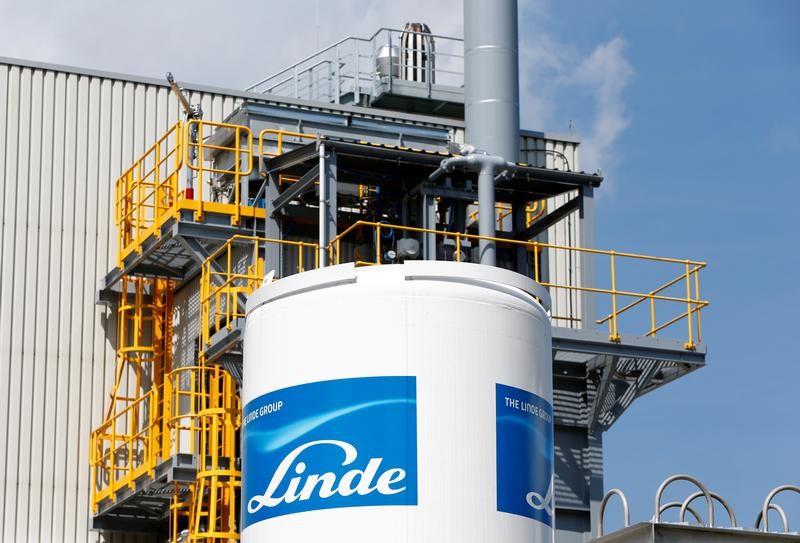LONDON — Like many throughout England, Sarah Rennie has misplaced sleep worrying about her constructing catching fireplace, particularly since inspectors found that the high-rise is wrapped in a flammable materials just like the one which fueled the lethal blaze at London’s Grenfell Tower in 2017.
However the worry is compounded for Ms. Rennie. She makes use of a wheelchair.
The Grenfell disaster, which killed 72 folks, pressured a nationwide reckoning over unsafe building practices. In its aftermath, folks with disabilities are particularly troubled concerning the risks lurking of their buildings — and the shortage of plans for his or her protected exit ought to the worst occur.
“The extra you unravel, the deeper and darker it will get,” Ms. Rennie, 35, mentioned of the harmful constructing flaws that Grenfell has uncovered.
An investigation into the fireplace on the public housing block, which was dwelling to many lower-income residents, discovered that the flames unfold unabated due to the tower’s cladding, a flamable aluminum composite materials masking the outside. The identical materials had been banned in the USA and far of Europe as a result of it’s a fireplace hazard.
The federal government has centered its consideration on eradicating the cladding from different high-rises, however many residential buildings have a number of different fireplace hazards nonetheless unaddressed. And rights teams say the federal government is ignoring folks with disabilities and the distinctive dangers they face within the occasion of a fireplace.
“We’ve been an afterthought for every thing,” mentioned Fazilet Hadi, the top of coverage for Incapacity Rights UK.
The previous yr has made that clearer than ever, Ms. Hadi mentioned, noting that folks with disabilities accounted for nearly 60 percent of all coronavirus deaths in England and Wales. It has additionally given the federal government pretext to not act, she mentioned.
“The pandemic goes for use as an excuse for every thing in the intervening time, isn’t it?” Ms. Hadi mentioned.
Investigations within the wake of the Grenfell blaze discovered widespread fireplace hazards not solely in publicly funded high-rises however in lots of privately owned condo buildings — a results of decades of deregulation that allowed for shoddy development. Different questions of safety like flammable balconies and several types of flamable cladding had been present in residential buildings throughout England.
A whole bunch of hundreds of properties are implicated, and specialists say it might take years to treatment. The cost to address just some of the issues has been put at an estimated 15 billion kilos, or greater than $21 billion.
For condo dwellers with disabilities, the issues are on one other order altogether.
They fear not simply that they might be dwelling in firetraps like Grenfell, however that nobody has taken under consideration the distinctive challenges they’d face ought to they immediately have to evacuate.
Then there are the financial prices.
For any condo proprietor, the invoice for making an attempt to a make their dwelling safer might be staggering. However the monetary burden hits condo house owners with disabilities significantly onerous, since many are on mounted incomes, Ms. Hadi mentioned.
Disabled persons are additionally extra more likely to stay in public housing, the place among the worst security lapses are to be discovered.
Grenfell pressured a brand new look not simply at how buildings are constructed however what residents ought to do if a fireplace breaks out.
Particularly, “keep put” steering, a longstanding coverage in condo blocks that suggested folks to remain of their condo if a fireplace broke out elsewhere within the constructing, has come underneath query. That recommendation proved lethal at Grenfell, investigators discovered. Many residents died after sheltering in place, trapped on larger flooring.
“I used to be continually being advised keep put is finest for you, safer for you,” mentioned Ms. Rennie, recalling the steering she obtained in 2008, when she purchased her condo on the thirteenth flooring of her constructing in Birmingham. “We see from the Grenfell inquiry that keep put was the improper resolution. Now our belief within the system is broken.”
The investigators really helpful that constructing house owners be legally required to create private emergency evacuation plans for all residents whose skill to get out is likely to be compromised. However the authorities dragged its ft till the household of a disabled ladies who died in Grenfell threatened a lawsuit.
Talks at the moment are underway, however within the meantime, disabled residents have been left to navigate the issue on their very own — with combined outcomes.
Ms. Rennie was in a position to work together with her constructing’s administration to get an evacuation chair and an emergency exit plan. Others have been much less lucky.
Georgie Hulme, 42, inherited her third-floor flat in Manchester from her mom, and mentioned she has all the time cherished dwelling in her “vibrant, numerous and distinctive” neighborhood. However regardless of fireplace questions of safety being present in her constructing, she mentioned, she has obtained no assist from the administration in addressing her evacuation wants.
Ms. Hulme has complicated disabilities and is a wheelchair consumer, so even being on the third flooring leaves her weak in an emergency. She communicates utilizing a text-to-speech gadget, and worries that folks with disabilities aren’t being heard.
Ms. Hulme mentioned “no one seems to need the duty” for developing with and paying for evacuation plans and gear — like specialised chairs or handrails — for disabled residents.
“We should always not need to argue for equal technique of escape in a fireplace,” she mentioned.
Ms. Hulme mentioned she “can’t see a future, solely chapter and shedding my dwelling,” amid fears she and her neighbors will probably be pressured to pay for pricey constructing renovations.
Most personal flats in England, like Ms. Hulme’s and Ms. Rennie’s, are bought as long-term leases, with the buildings themselves owned by a “freeholder” — typically an funding group. It has been tough for residents and the federal government to carry these constructing house owners accountable for prices, so leaseholders typically have been left to foot the invoice for security enhancements.
Transferring is commonly not an possibility.
Many homeowners are unable to promote, with banks unwilling to supply new mortgages for potential patrons on properties with flamable supplies.
New funding announced by the government earlier this month is geared toward easing the monetary burden on leaseholders, however it doesn’t go far sufficient, housing specialists, opposition politicians and a few members of the governing Conservative Celebration say. The cash is for high-rise buildings solely, and addresses solely the cladding drawback.
Which means condo house owners going through different questions of safety should find yourself saddled with enormous loans or in chapter.
The administration of Ms. Rennie’s constructing, Brindley Home, has utilized for the funding, however she nonetheless faces skyrocketing insurance coverage premiums, steep companies prices and the price of round the clock fireplace patrols.
“It simply looks like we’re being drained of each penny that we’ve obtained within the meantime,” she mentioned. “I feel that’s what feels so immoral.”
A spokesman for the Ministry of Housing, Communities and Native Authorities mentioned it was doing every thing in its energy to undertake all the suggestions of the Grenfell inquiry “in essentially the most sensible, proportionate and efficient means, to make sure such a tragedy can by no means occur once more.”
“We proceed to work with incapacity teams on points round constructing security, together with the provisions for accessible and adaptable housing, to tell our steering on evacuation for disabled folks,” the spokesman mentioned in an announcement.
However advocates say that motion is required now, and that buildings with harmful fireplace security lapses should present evacuation plans.
Ms. Hulme and Ms. Rennie have based a corporation to raise their voices. The group has obtained assist from a rising variety of lawmakers, they usually have had preliminary conversations with the federal government.
Together with different incapacity rights teams, they’re working to deliver disabled folks and security specialists collectively to put out clear priorities for the federal government.
“However that’s going to take time,” Ms. Hulme mentioned, “and within the interim, a few of us reside in extraordinarily unsafe buildings with no plan.”











